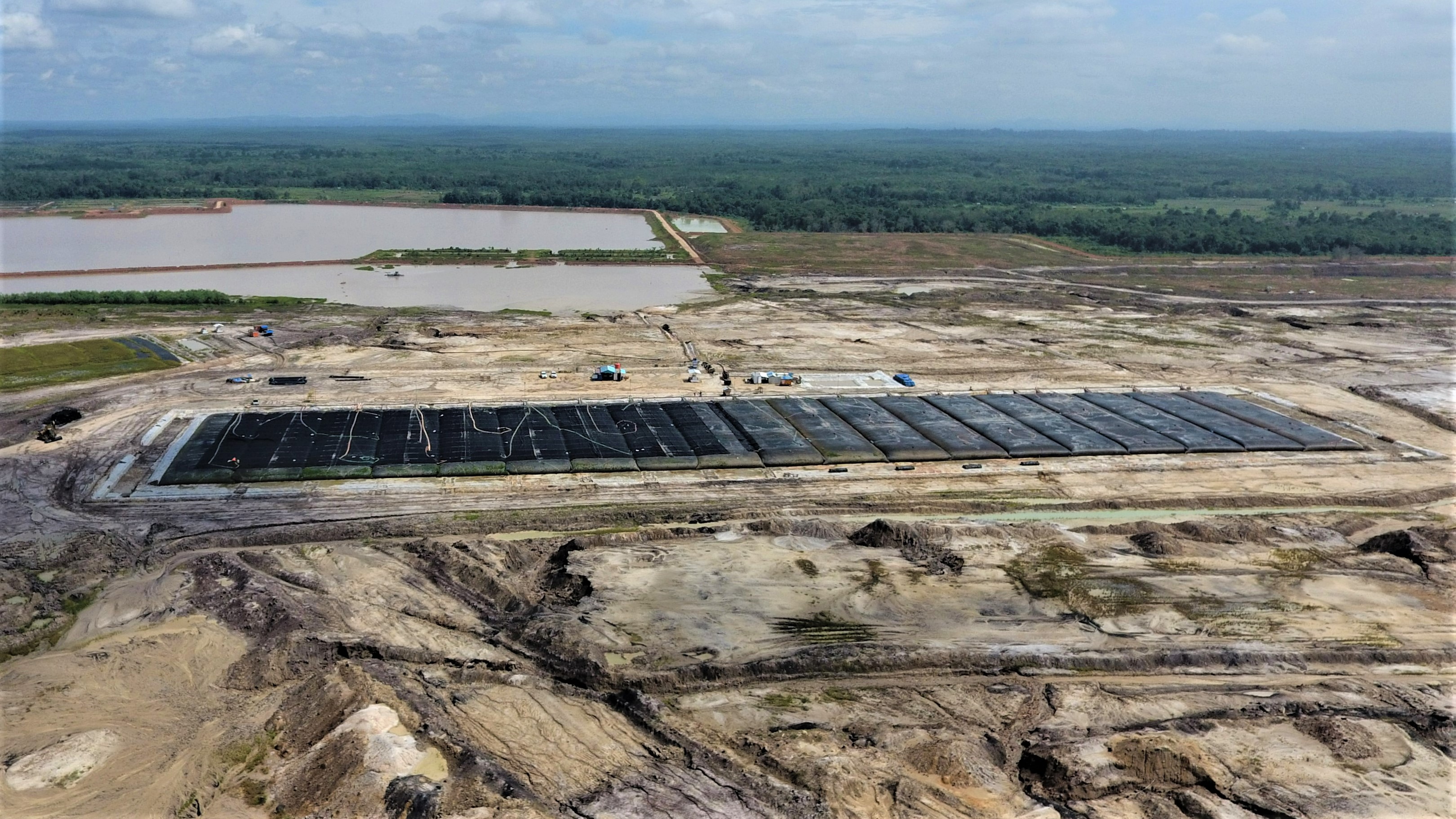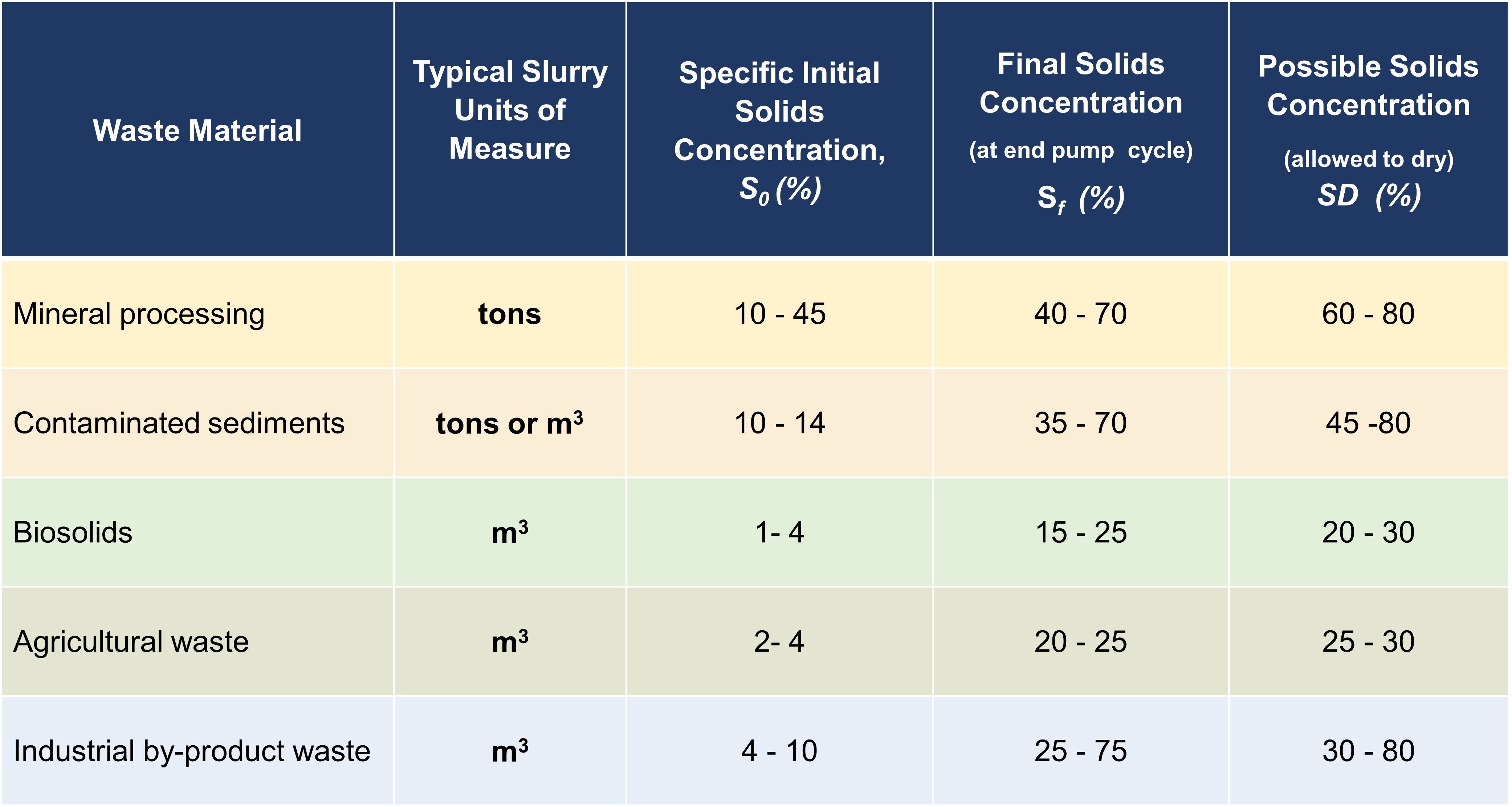Blog Bites 1: Geotube® Dewatering of Mine & Mineral Slurries
By Norhisam Omar

Welcome to our blog space where we share our insights and experiences in civil engineering and geosynthetics. We feature bite-sized articles for quick and easy consumption
Interest in the concept of dewatering mine and mineral slurries utilizing TenCate Geotube® systems continues to grow as engineers grapple with challenges of dealing with problems associated with excess water creating stability issues, dewatering containments reaching capacity, and using the system to improve or solve operational issues.
Let's explore this topic over 3 bite-sized articles.

Typical Geotube® Dewatering Capability
The use of Geotube® systems to dewater a broad range of slurry types is well proven. When the fundamental factors are laid out correctly, the dewatering process is allowed to perform at its optimum be it for industrial wastewater processing, mining and mineral processing, agriculture, municipal or environmental dredging applications.
The table below indicates a range of values of solid slurry concentrations handled and final dewatered solids concentration achieved for a range of typical slurry types. The typical increase in dryness achieved using Geotube® dewatering technology is significant but, notice the units of measurement.

Values will vary relative to individual slurry composition
What separates mine and mineral slurry dewatering from other slurry types is that mining engineers think and talk in tons, which requires suppliers of tube units to prove performance by mass as opposed to volume.
This is important because the mass and relative density of mineral solids dictates the maximum capacity and safe working limits of a Geotube® dewatering tube.
It is crucial to undertake rigorous quality assurance testing to ensure the final product meets the minimum seam strength requirement. A factor of safety is applied to the seam strength. From this value, the maximum fill height of the Geotube® unit is calculated based on stress analysis. The maximum fill height thus determines the volume capacity of the dewatering tubes upon which the required quantity of tubes are established for any said project.
It should be noted that the performance and operational elements of Geotube® dewatering tubes are calculated on the properties of TenCate Geotube® fabrics and techniques used to fabricate the dewatering tubes and are not applicable to tubes manufactured from alternative fabrics.

That's all for Blog Bites #1. In Blog Bites #2, we discuss the considerations involved when comparing Geotube® dewatering system with conventional systems and on what basis mineral and non-mineral slurries is evaluated.
If you'd like to know more, feel free to connect with us or email us at info.asia@tencategeo.com



